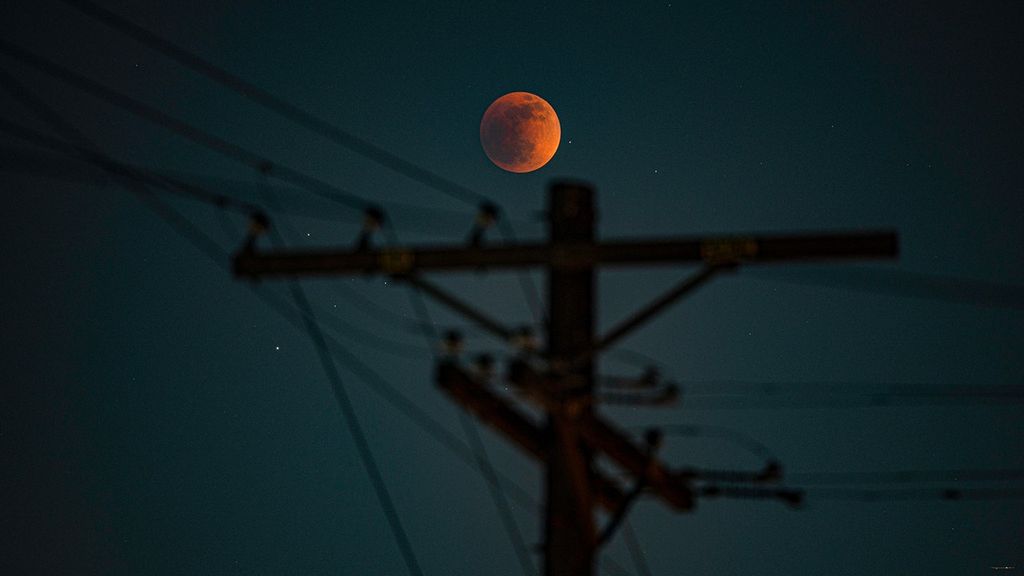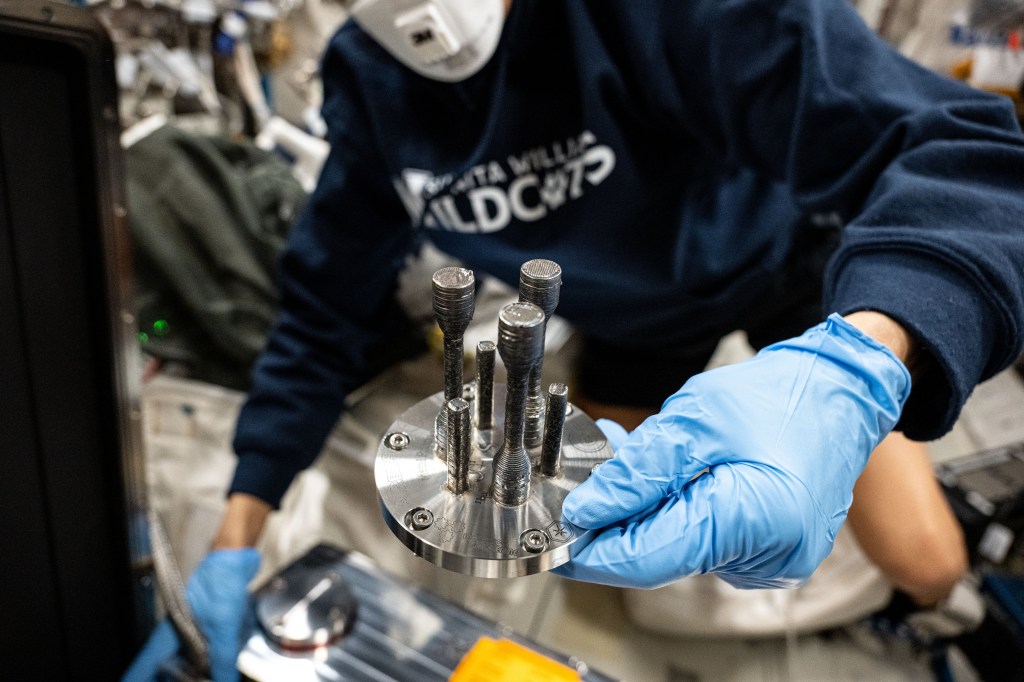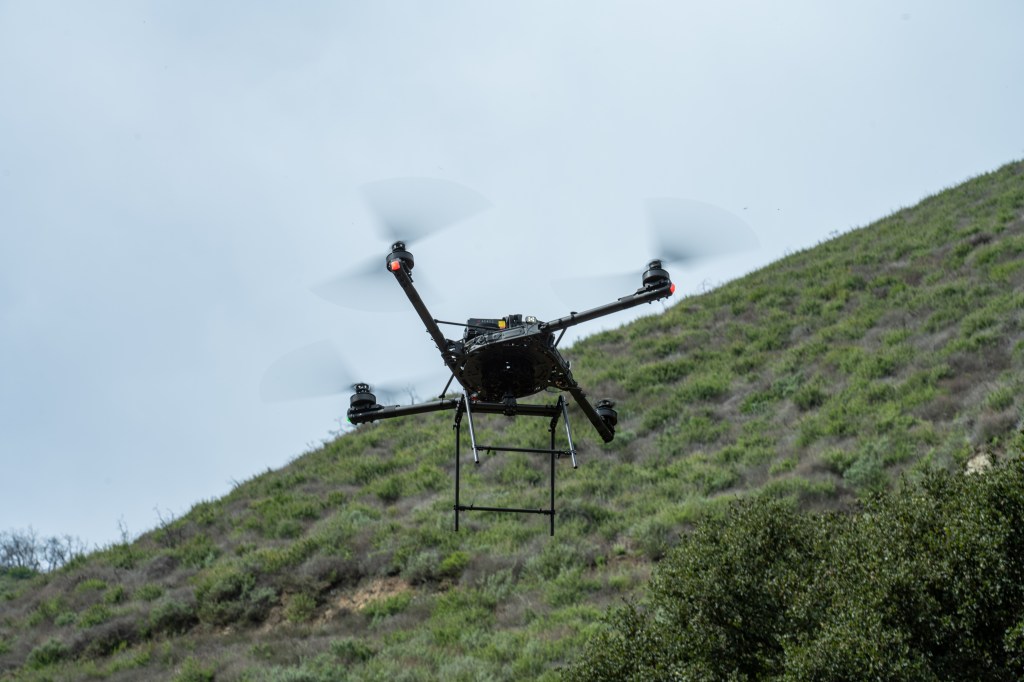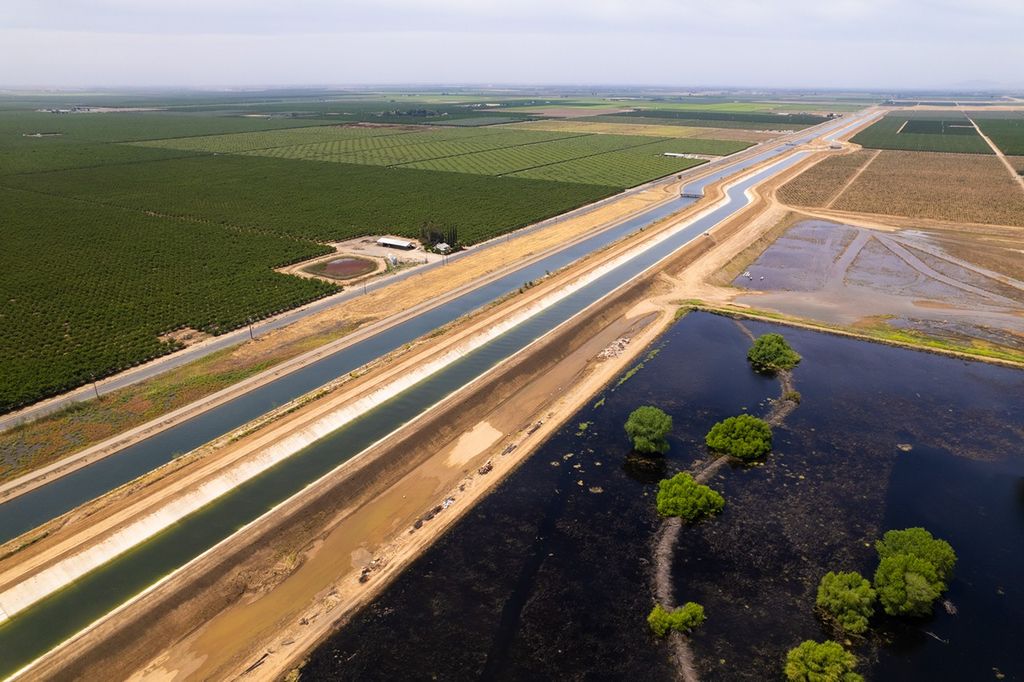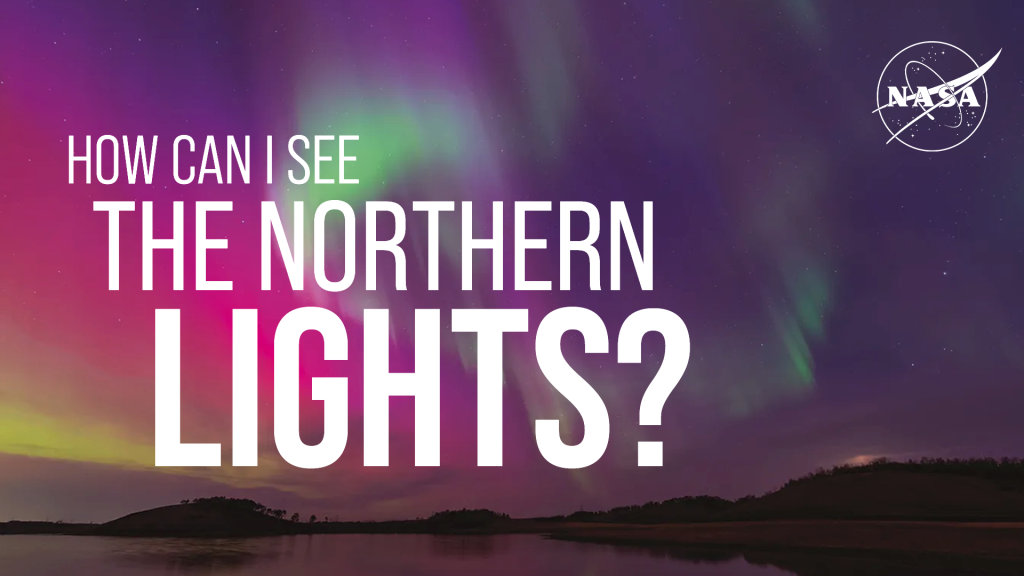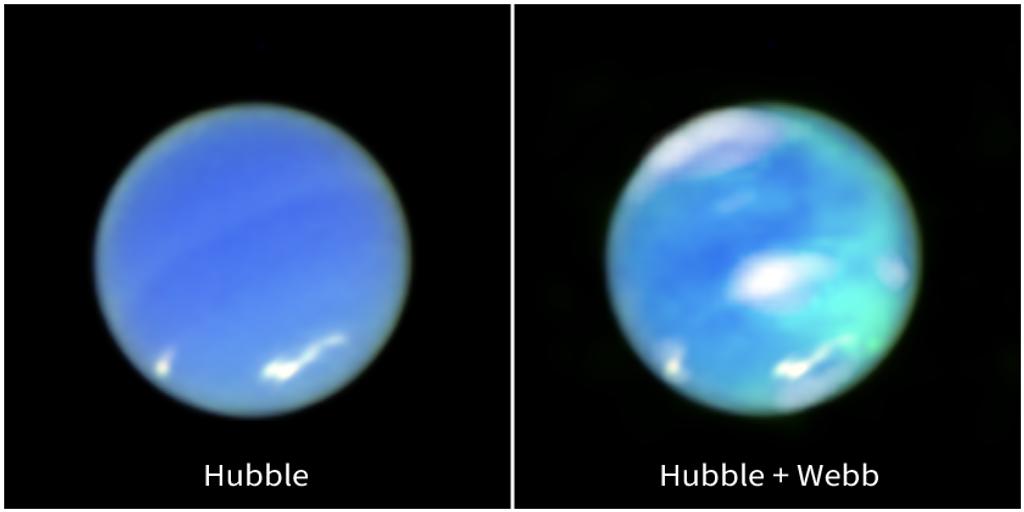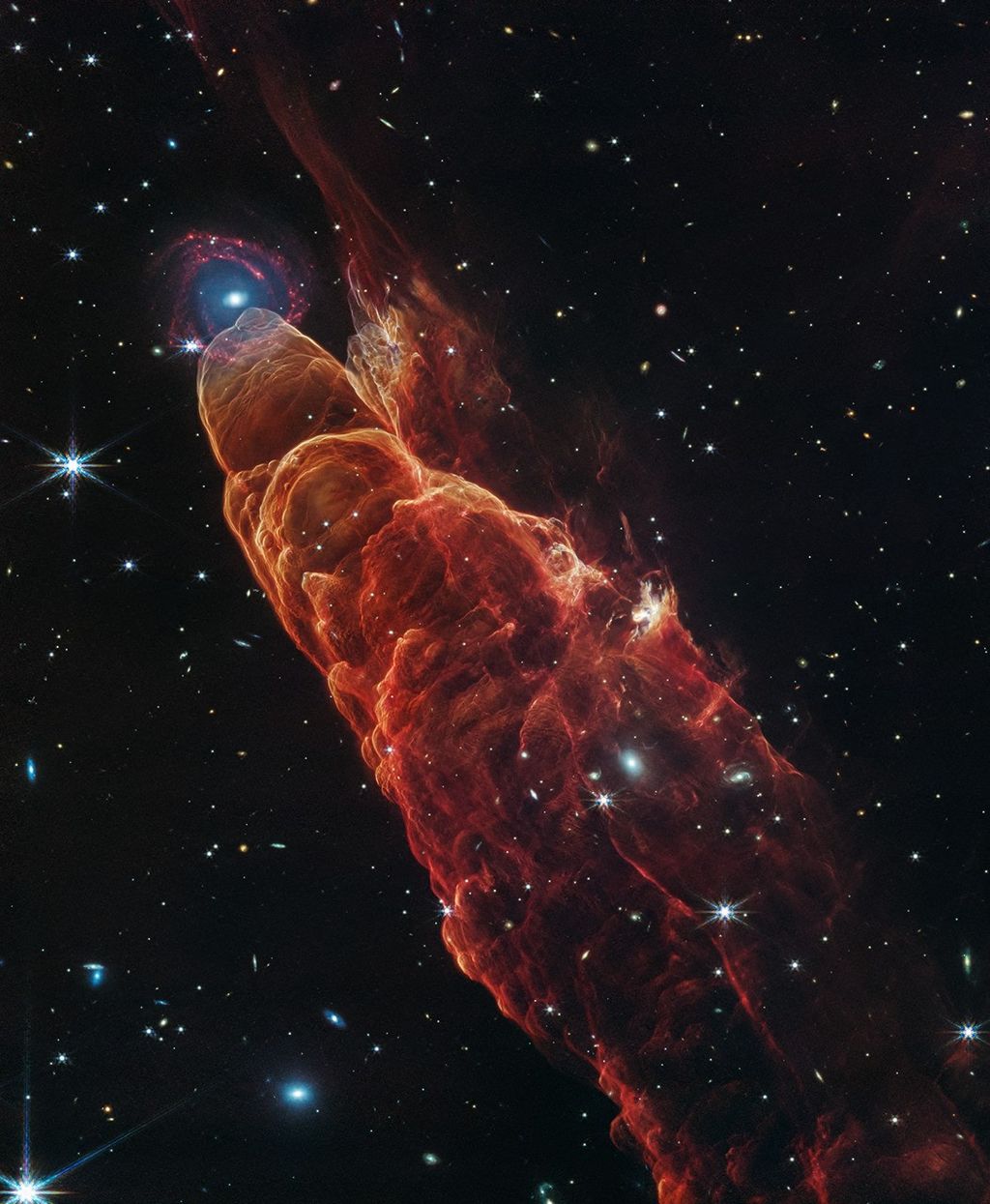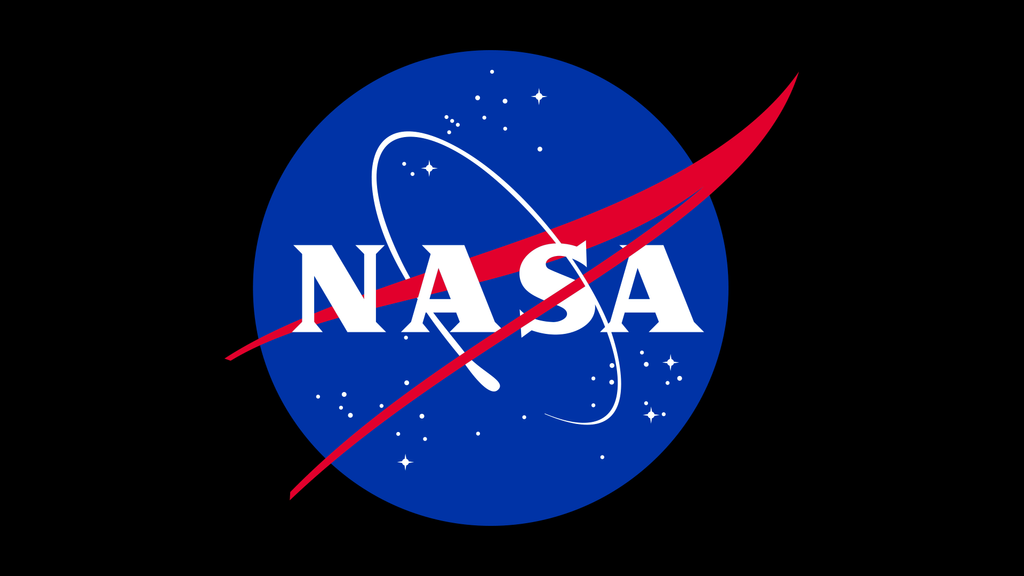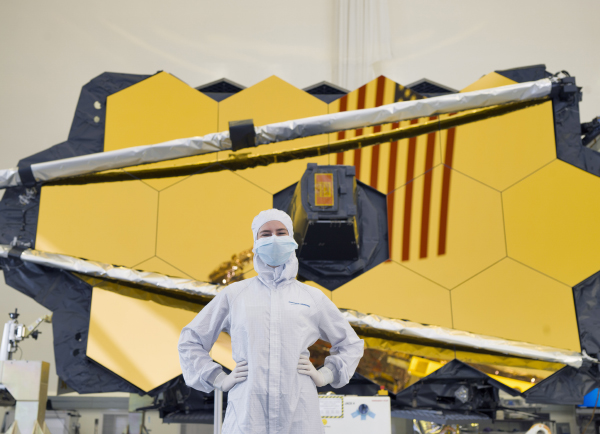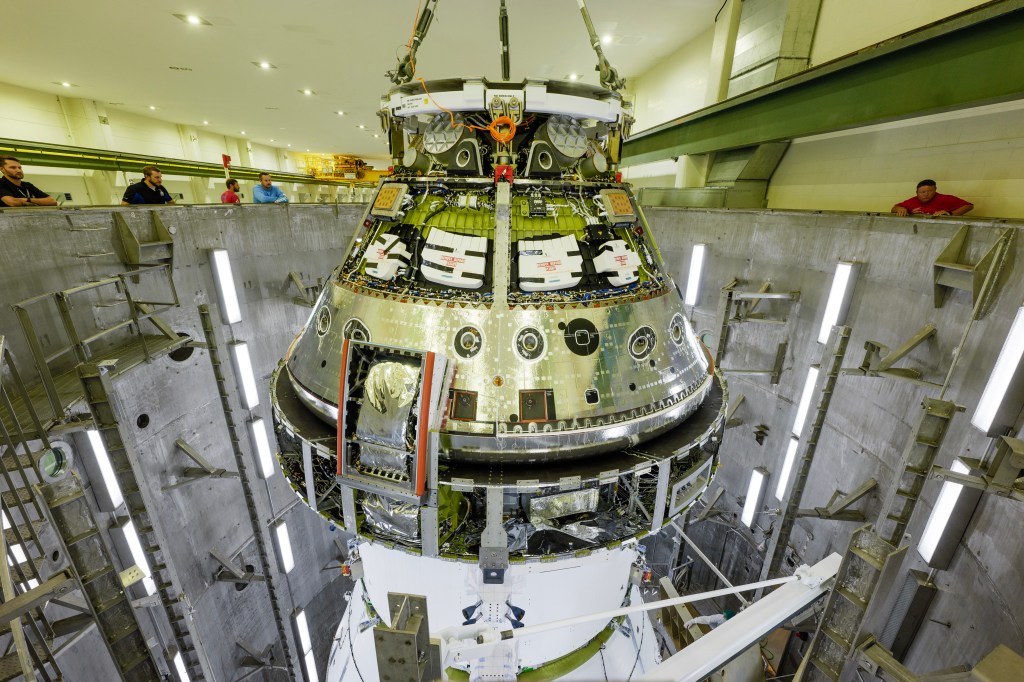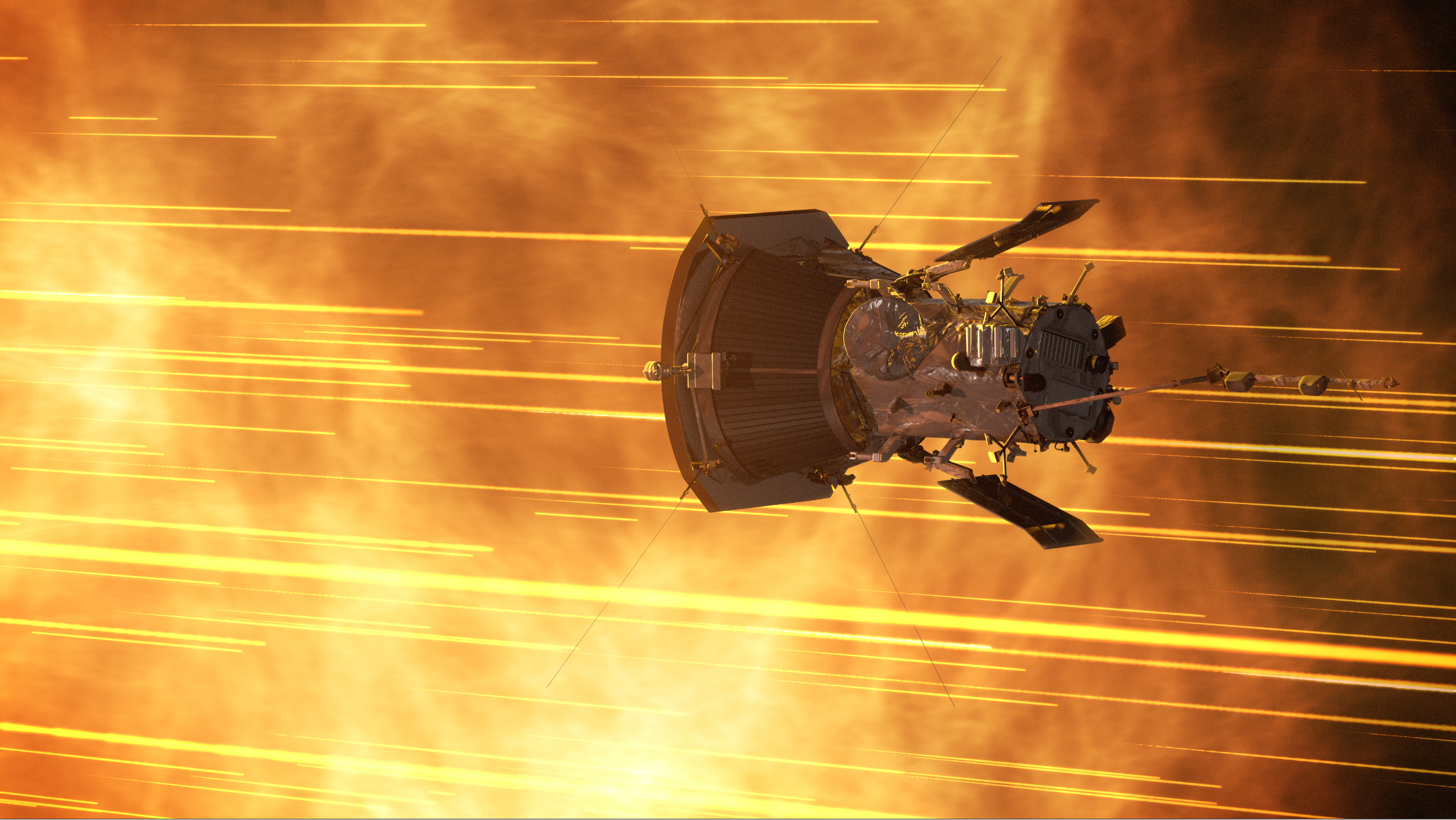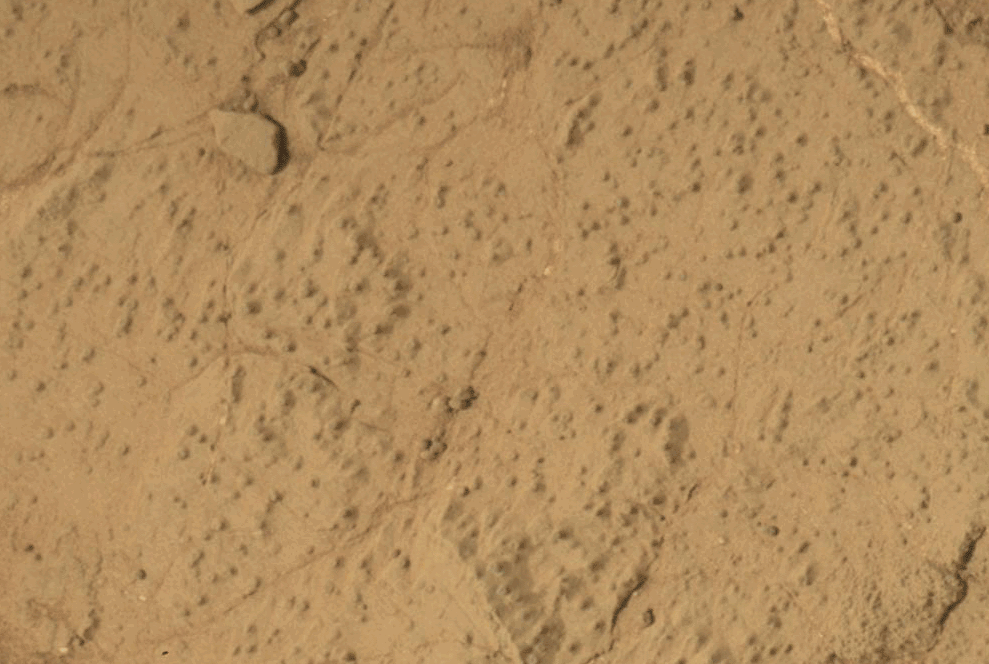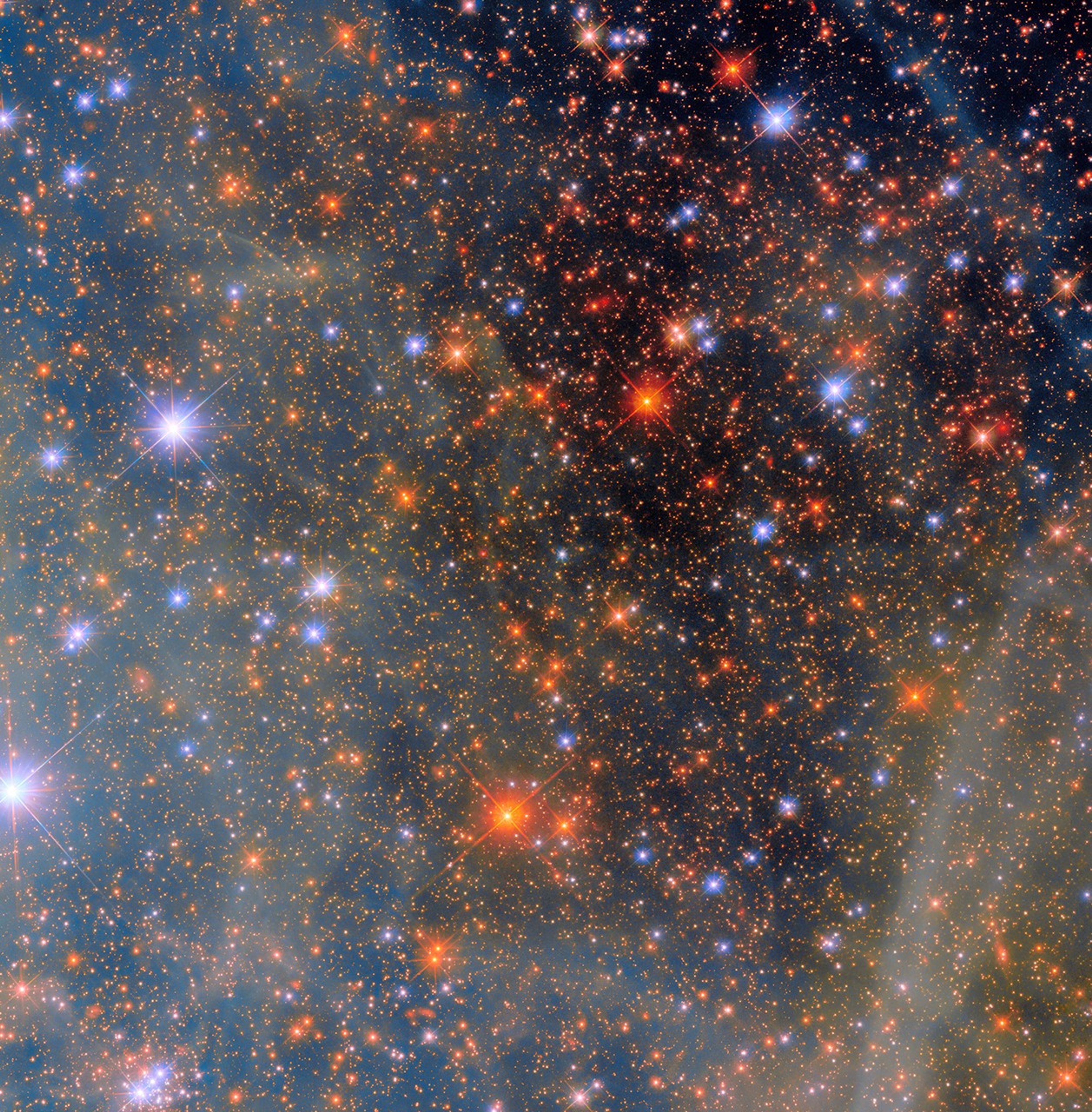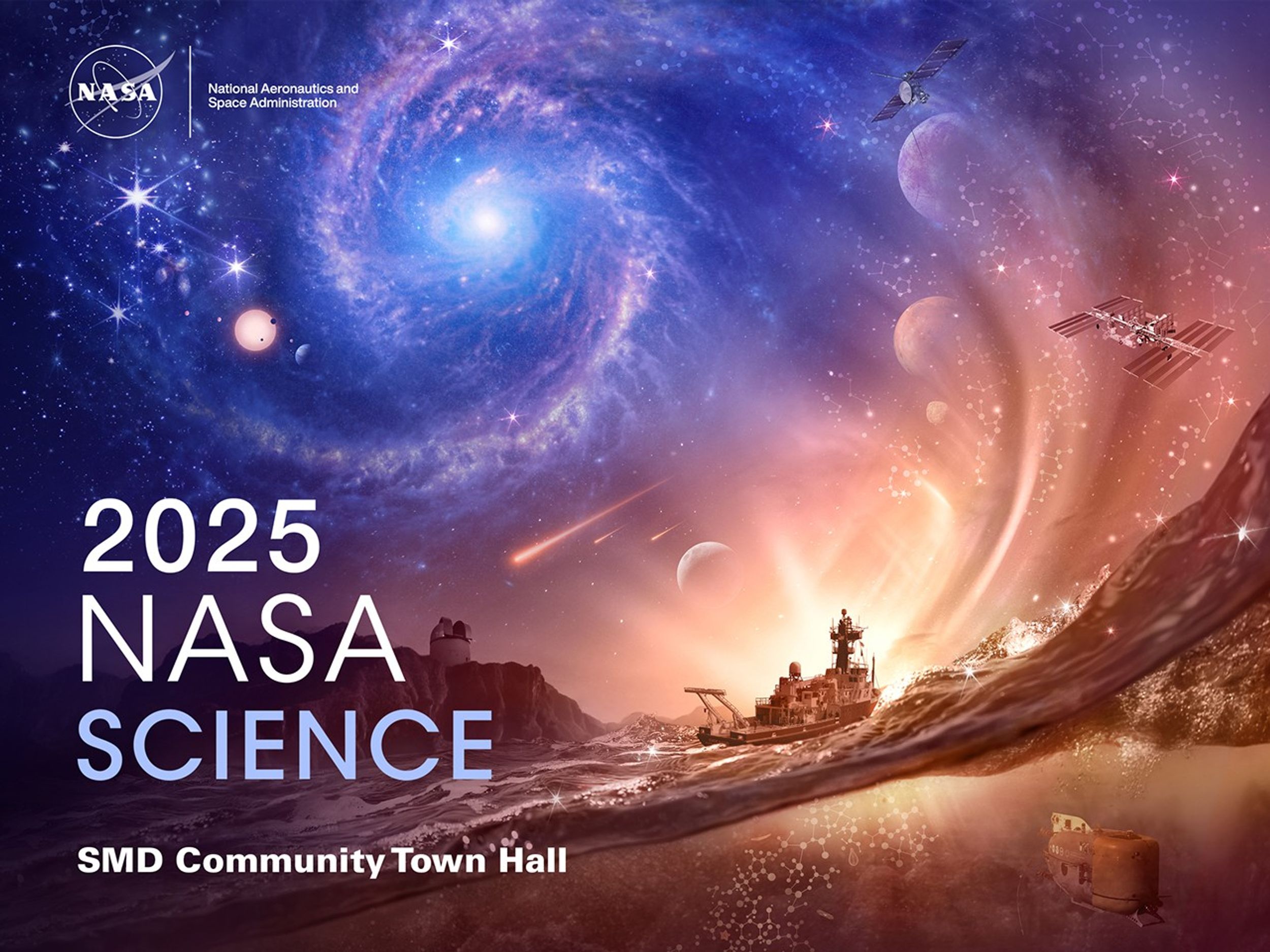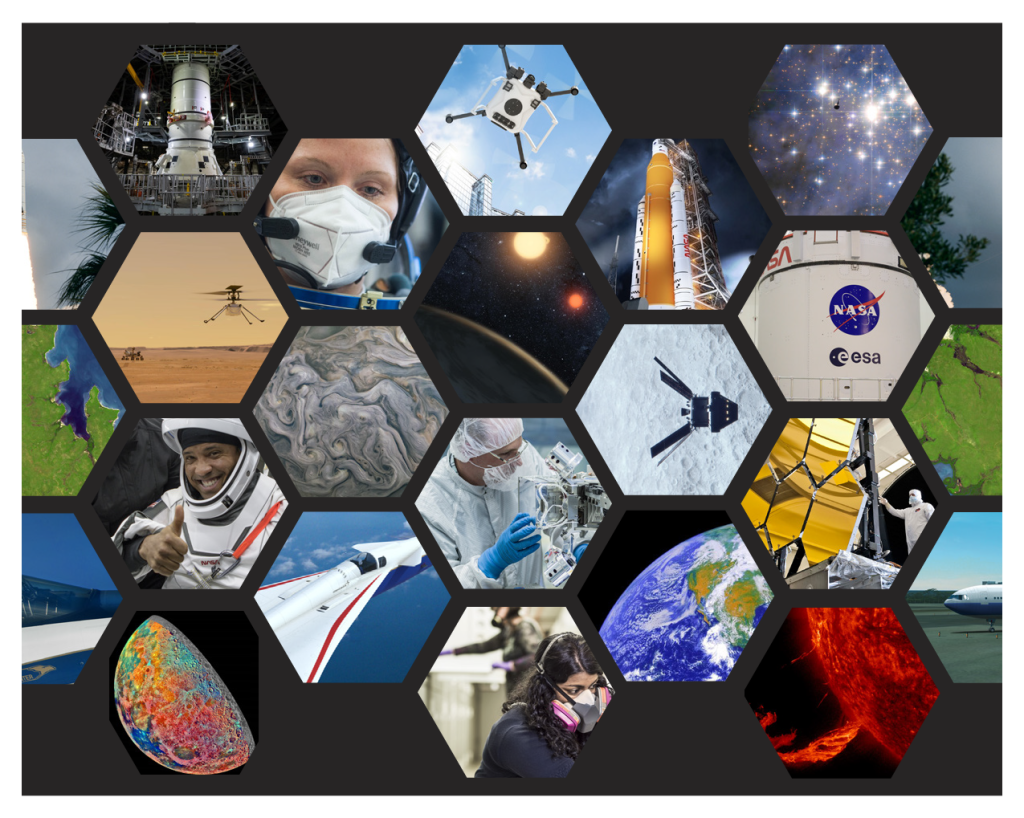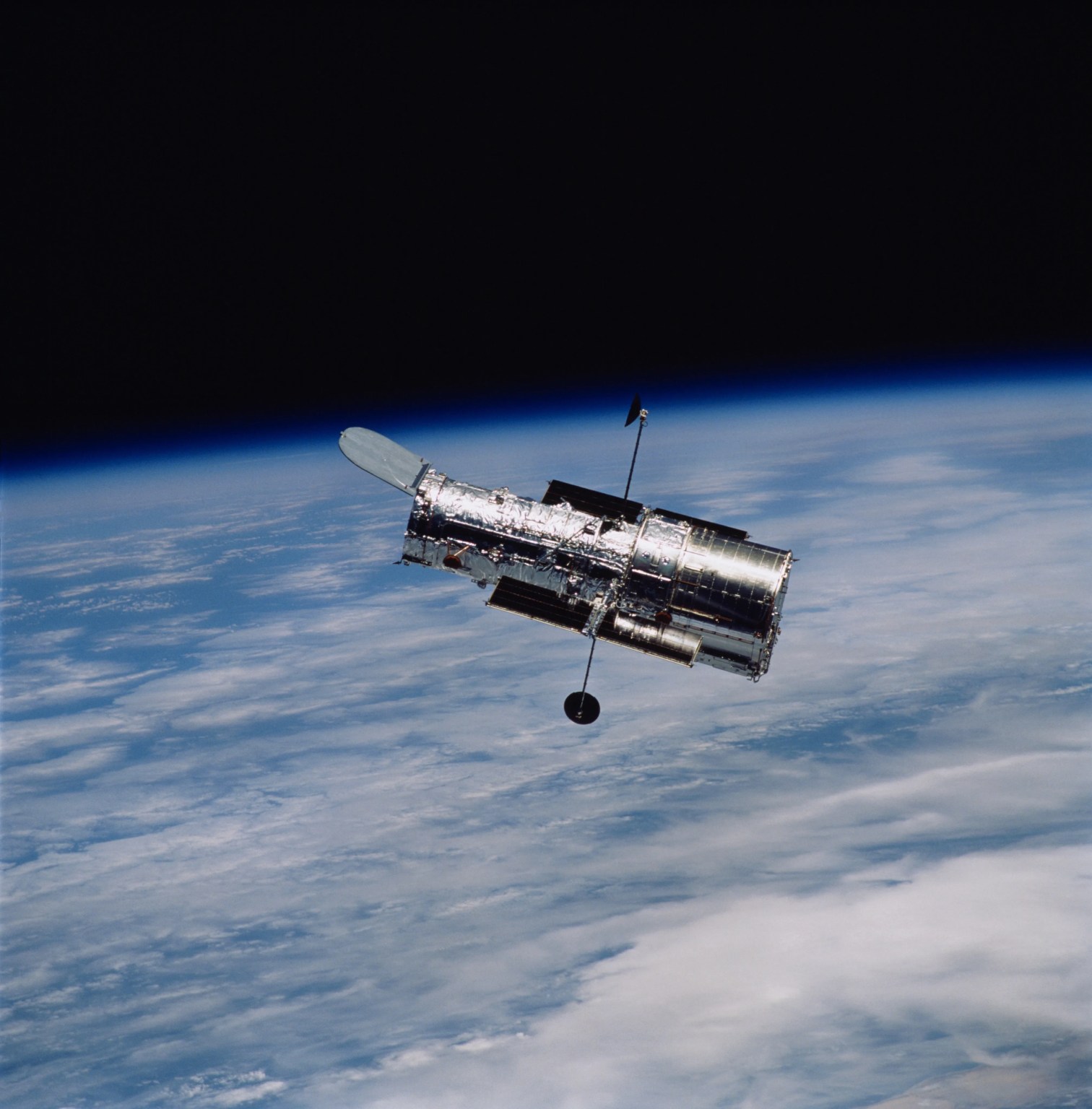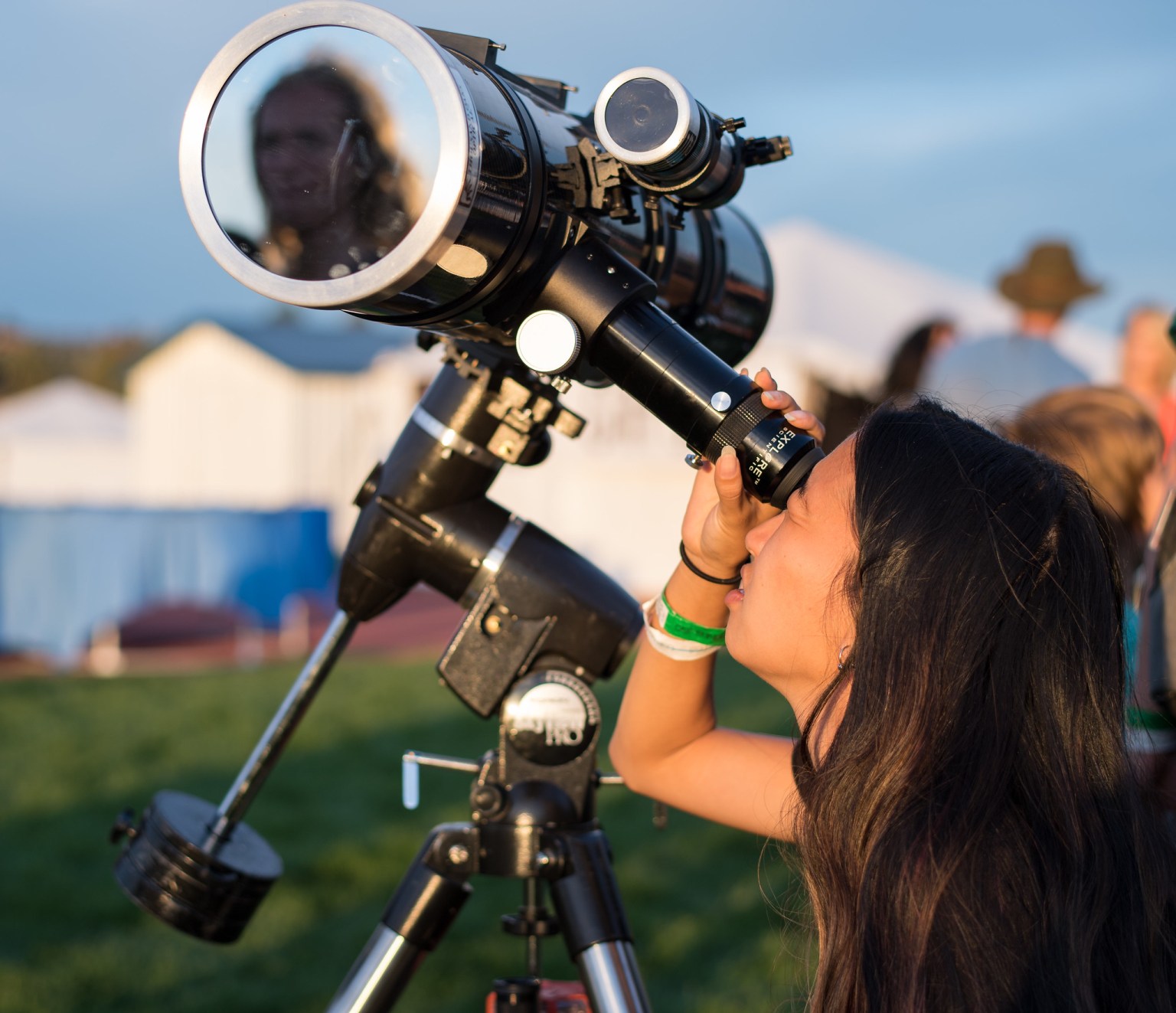NASA Science
NASA Science seeks to discover the secrets of the universe, search for life elsewhere, and protect and improve life on Earth and in space.
Aurora Experiment
march 29, 2025
Go with the flow
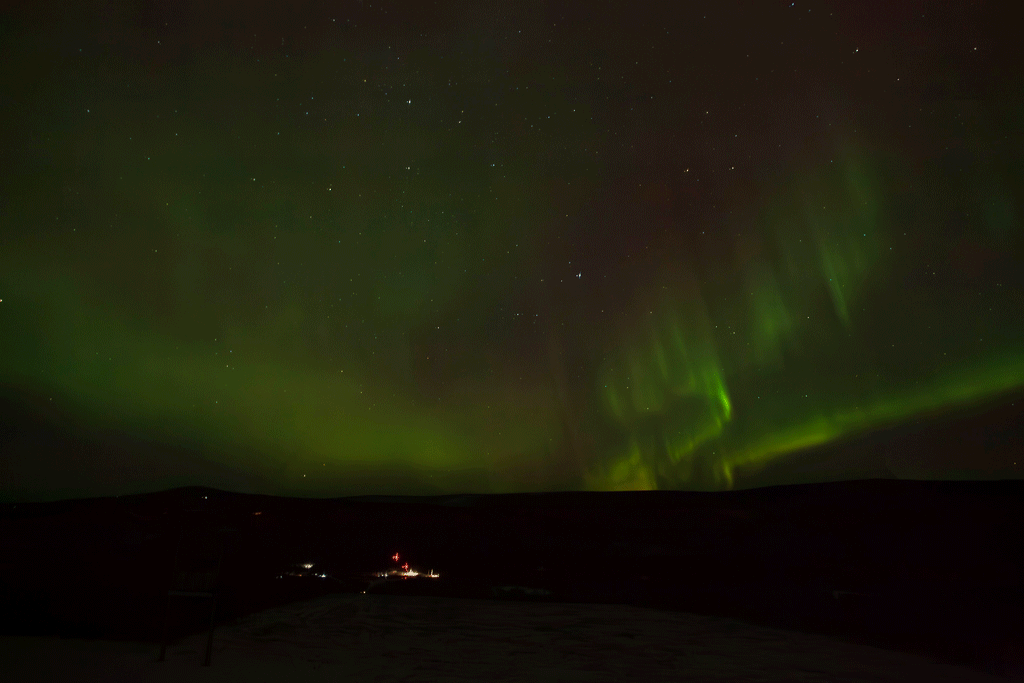
Featured Missions
Our mission milestones showcase the breadth and depth of NASA science.

Lunar Trailblazer
Lunar Trailblazer launched February 26, 2025 and will orbit Earth’s Moon to detect and map water on the surface.

SPHEREx
SPHEREx launched March 11, 2025 and will collect data on more than 450 million galaxies along with more than 100 million stars in the Milky Way

PUNCH
PUNCH launched March 11, 2025 and is a constellation of four satellites in low Earth orbit that will make 3D observations of the entire inner heliosphere to learn how the Sun’s corona becomes the solar wind.
Hubble By The Numbers
Hubble isn’t just famous for its photos, it’s a science powerhouse packed with mind-blowing stats. It orbits Earth every 95 minutes, weighs as much as two elephants, and can even look billions of years into the past! In this video, we break down some of the wildest numbers behind the telescope that changed how we see the universe. From astronaut upgrades to 1.6 million observations, Hubble’s done a lot in 30+ years.
Check out NASA’s full “Hubble by the Numbers” breakdownNASA’s Webb Captures Neptune’s Auroras For First Time
Long-sought auroral glow finally emerges under Webb’s powerful gaze For the first time, NASA’s James Webb Space Telescope has captured…
Read the Story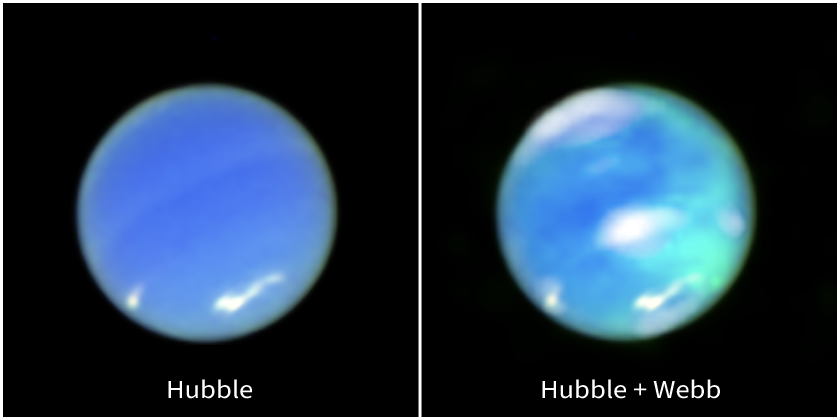
March Image from our 2025 NASA Science Calendar
Learn about March's amazing image. Explore related topics, activities, games, and download desktop wallpaper.
Start Exploring
Nicky Notes
To the NASA Science Community –
As the nation’s leader in Earth and space science, NASA Science operates within the broader context of the federal government and its priorities. As part of the Executive Branch, we are always responsive to the direction set by the Administration, including executive orders and policy guidance that relate to our programs and activities.
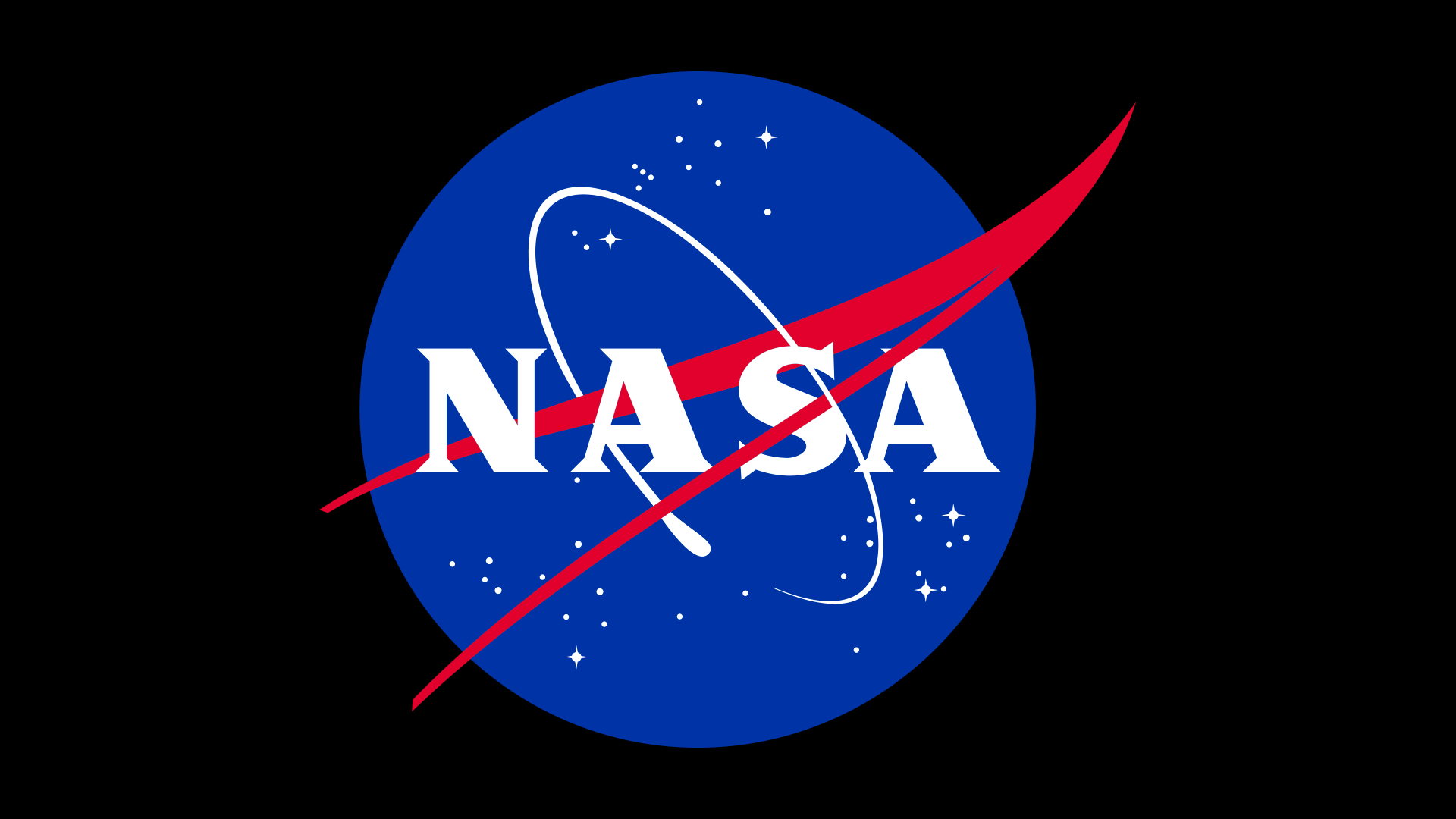
Earth
Your home. Our mission.
And the one planet that NASA studies more than any other.

How we Look at Earth
Explore our changing planet
Earth is our home, shared with millions of species. Rapid changes like rising temperatures and more frequent extreme weather are transforming our planet. For over 50 years, observations from space and ground have monitored these changes, guiding critical decisions in areas like agriculture and air quality. By understanding how our actions affect Earth's systems, we can help mitigate these impacts. Discover more about how you can make a difference in safeguarding our planet.
Visit the Earth Information Center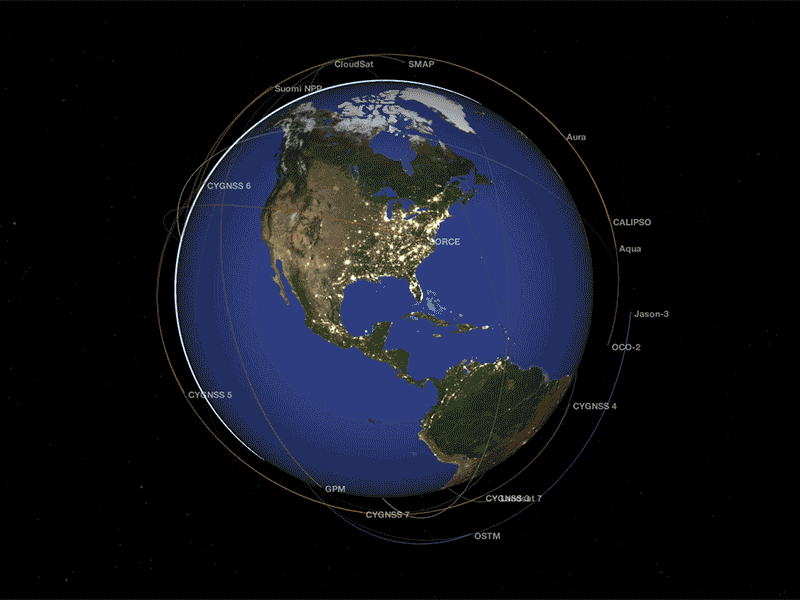
By the Numbers
Science is interconnected; no important question stands alone. The Science Mission Directorate (SMD) is an organization where discoveries in one scientific discipline have a direct route to other areas of study. This flow is something extremely valuable and is rare in the scientific world.
Learn More about Science by the Numbers



